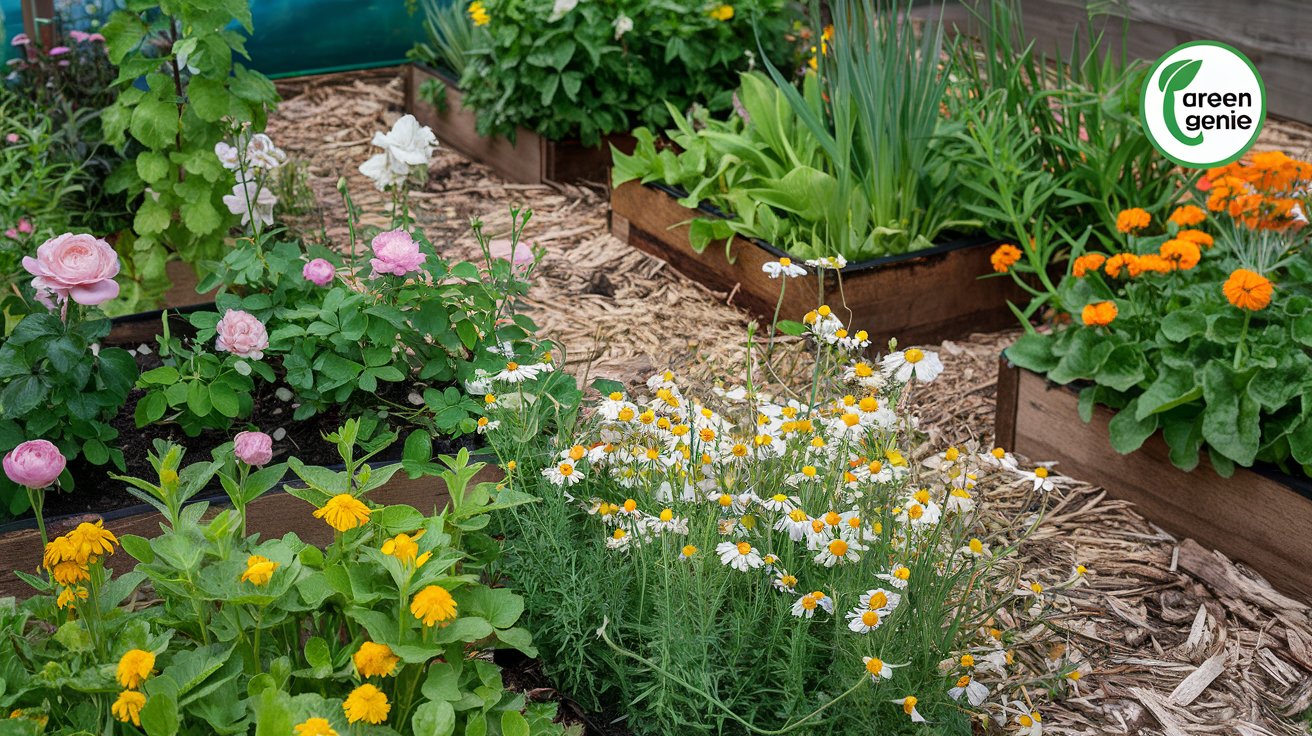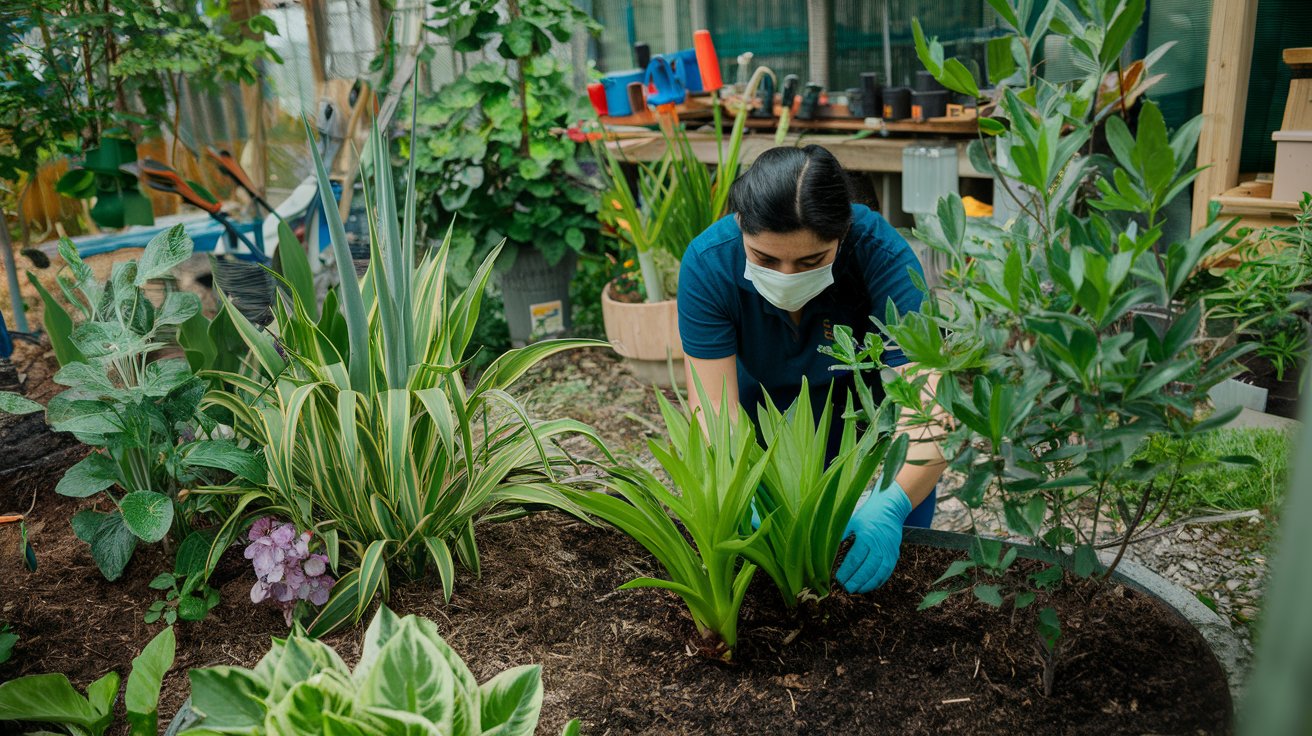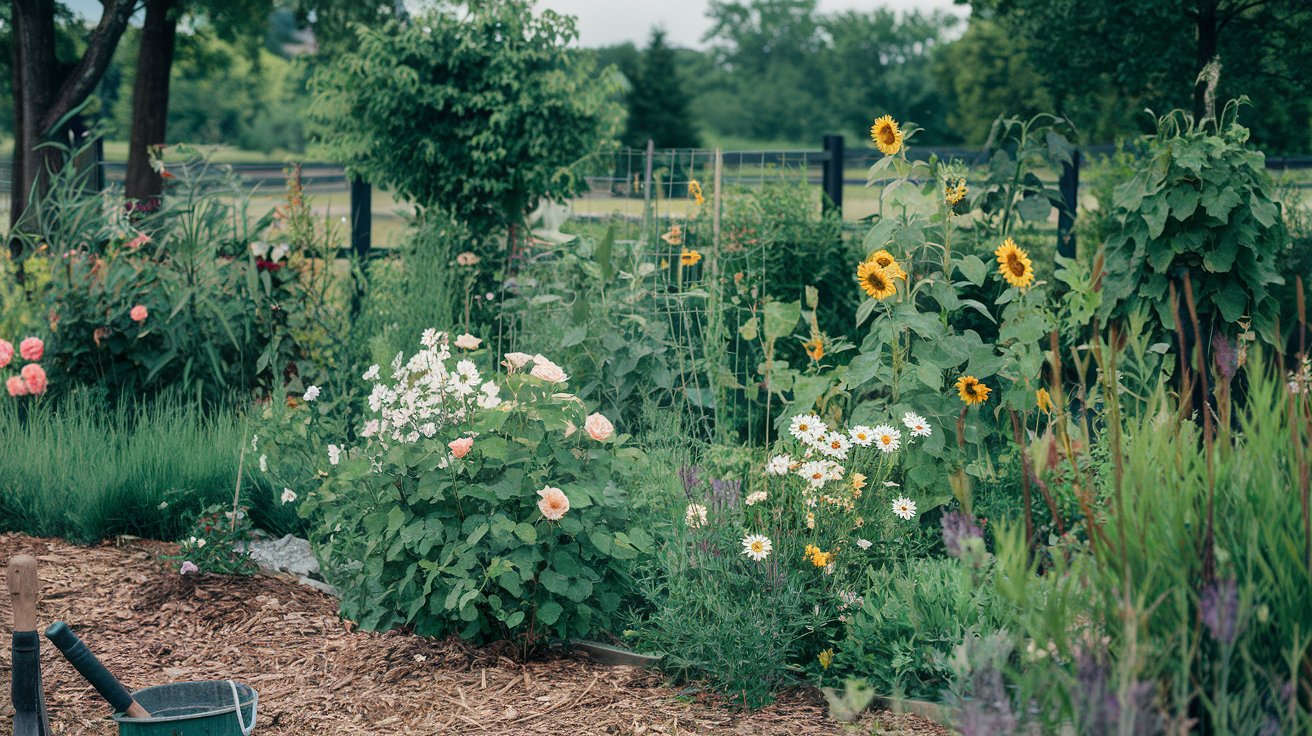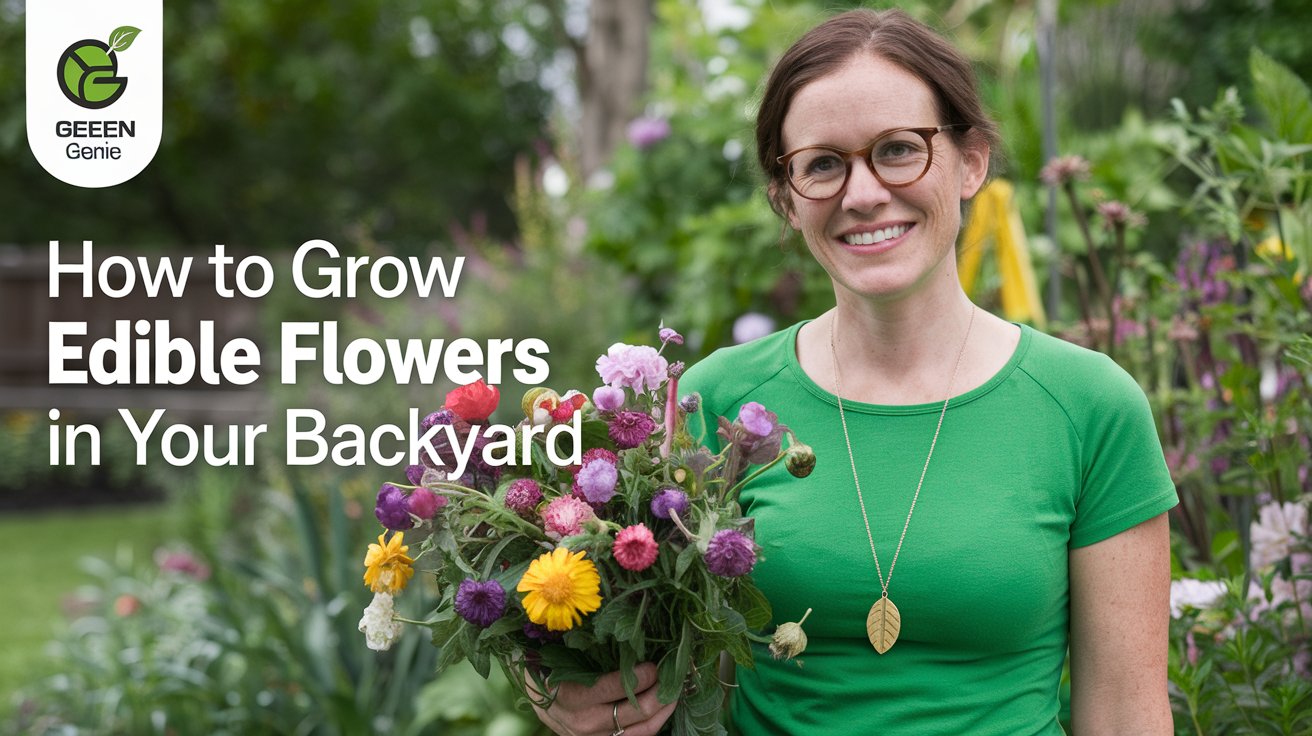Table of Contents
ToggleHOW TO Grow Edible Flowers in Your Backyard”
Edible flowers have become increasingly popular among gardeners and culinary enthusiasts. They add charm to your backyard and delightful flavors to your dishes. Imagine gathering vibrant flowers from your own garden to incorporate into salads, desserts, or teas. Growing edible flowers is easier than you might expect, and with a few guidelines, you can create a backyard sanctuary that pleases the eyes and the taste buds alike. Here’s a step-by-step guide to cultivating edible flowers in your backyard.
Benefits of Growing Edible Flowers
Edible flowers are not only stunning but also versatile. They bring flavor, color, and texture to a variety of dishes, both savory and sweet. Many edible flowers are also rich in antioxidants, vitamins, and minerals. These flowers are generally easy to grow and can attract beneficial insects to your garden, helping to reduce the need for pesticides.HOW TO Grow Edible Flowers in Your Backyard”
Selecting Edible Flowers
The first and most essential step in cultivating edible flowers is choosing varieties that are safe to eat and suitable for your growing conditions. Here are some popular options:
- Nasturtiums: Peppery and slightly spicy, ideal for salads and natural pest control.
- Calendula (Marigold): With a mildly bitter taste, calendula can be used in soups, salads, and herbal teas.
- Pansies and Violas: Slightly sweet and fragrant, perfect for desserts or as garnishes.
- Borage: These star-shaped blue flowers have a cucumber-like flavor, ideal for salads and cool drinks.
- Chamomile: Known for its calming properties, chamomile is used primarily in teas.
- Lavender: Sweet and floral, lavender is often used in baking, teas, and cocktails.
- Chive Blossoms: Mildly onion-flavored, they are great for garnishing salads, soups, and dips.HOW TO Grow Edible Flowers in Your Backyard”
Preparing Your Garden for Edible Flowers
- Choose a Sunny Spot: Most edible flowers thrive in full sunlight, needing at least six hours of direct light each day. Find a bright area in your backyard where they can flourish.HOW TO Grow Edible Flowers in Your Backyard”
- Soil Preparation: Edible flowers require well-draining, nutrient-rich soil. Prepare your garden bed by enriching the soil with organic compost to supply the necessary nutrients. While some flowers, like nasturtiums, can tolerate poorer soils, most varieties will thrive with balanced, nutrient-dense soil.
- Ensure Good Drainage: Proper drainage prevents root rot and other moisture-related issues. If your soil has a high clay content, consider amending it with sand or planting in raised beds.HOW TO Grow Edible Flowers in Your Backyard”
- Use Containers for Flexibility: Many edible flowers, like pansies and violas, grow exceptionally well in containers. Containers are perfect if you have limited backyard space or want to move plants around to catch the sun.
Planting Edible Flowers
Starting with Seeds or Seedlings
- Seeds: Growing from seeds is cost-effective and rewarding. Follow the seed packet instructions for spacing and depth, and water lightly but consistently until the seeds germinate.
- Seedlings: For faster results, consider starting with seedlings from a nursery. Transplant them into your garden bed, ensuring they’re appropriately spaced for their growth needs.HOW TO Grow Edible Flowers in Your Backyard”
Companion Planting
Certain edible flowers naturally repel pests, making them excellent companion plants for vegetable and herb gardens. For example:
- Nasturtiums: Deter aphids, a common garden pest, and pair well with tomatoes and cucumbers.
- Marigolds: Help prevent nematodes and other harmful insects, making them ideal for vegetable gardens.HOW TO Grow Edible Flowers in Your Backyard”
Spacing and Maintenance
- Watering: Most edible flowers need regular moisture, especially during early growth. Avoid overwatering, as it can lead to root rot.
- Fertilizing: Edible flowers don’t require heavy feeding. A balanced organic fertilizer applied monthly can encourage blooms.
- Pruning and Deadheading: Regularly remove spent blooms to encourage more flowers. Pruning also prevents overcrowding and promotes bushier growth.HOW TO Grow Edible Flowers in Your Backyard”
Keeping Your Garden Healthy
Pesticide-Free Practices
Since you’ll be eating these flowers, avoid synthetic pesticides and fertilizers. Use organic pest control methods, like neem oil or beneficial insects such as ladybugs. Homemade remedies, like diluted vinegar or garlic spray, can also help control pests without affecting edibility.
Mulching
Adding a layer of organic mulch, such as straw or shredded leaves, helps retain moisture, suppresses weeds, and stabilizes soil temperature. As mulch breaks down, it adds organic matter to the soil.HOW TO Grow Edible Flowers in Your Backyard”
Monitoring for Disease
Edible flowers are generally low-maintenance but can sometimes be susceptible to diseases like powdery mildew. Regularly inspect your plants for signs of disease, like discolored leaves or fungal growth. Remove affected leaves and consider using an organic fungicide if necessary.
Harvesting Your Edible Flowers
Harvesting edible flowers is simple, but timing is crucial. Follow these tips to get the best flavor and quality from your blooms:
- Harvest in the Morning: The best time to pick edible flowers is early morning, after the dew has dried but before the sun intensifies. This ensures that flowers are at their freshest.
- Harvest Before Full Bloom: Pick flowers just as they’re about to open for optimal taste and texture. Flowers past full bloom may be bitter and have a tougher texture.
- Rinse Gently: Rinse flowers under cool water to remove dirt and insects, and let them dry on a clean cloth or paper towel.HOW TO Grow Edible Flowers in Your Backyard”
Using Edible Flowers in Your Kitchen
Once harvested, edible flowers can be used in countless ways. Here are a few ideas:
- Salads: Add color and flavor with nasturtiums, pansies, or calendula.
- Desserts: Lavender, pansies, and violets make beautiful cake or cupcake decorations.
- Beverages: Add borage or lavender to iced teas, lemonades, or cocktails.
- Herbal Teas: Chamomile and lavender are ideal for soothing teas.HOW TO Grow Edible Flowers in Your Backyard”
- Infused Oils and Vinegars: Use edible flowers to infuse olive oil for an added touch of elegance to your cooking.
Storing Edible Flowers
While best used fresh, edible flowers can be stored for short periods. Wrap them in a damp paper towel and store in an airtight container in the fridge, where they’ll keep for several days. For drinks or desserts, you can also freeze edible flowers in ice cubes.HOW TO Grow Edible Flowers in Your Backyard”
Frequently Asked Questions About Growing Edible Flowers
1. Are all flowers safe to eat?
No, not all flowers are edible, and some are toxic. Always confirm that a flower is safe before consuming it, and avoid flowers from florists or nurseries, as they may have been treated with chemicals.
2. Are edible flowers nutritious?
Yes. Many edible flowers contain antioxidants, vitamins, and minerals. Calendula, for example, has anti-inflammatory properties, while lavender is known for its calming effects.HOW TO Grow Edible Flowers in Your Backyard”
3. Do edible flowers require different care from ornamental flowers?
Not necessarily. Most edible flowers grow well under the same conditions as ornamental flowers. The main difference is avoiding synthetic chemicals since they’re intended for consumption.
Final Thoughts
Cultivating edible flowers is a rewarding endeavor. With the right choices, proper planting techniques, and a little care, you can create a beautiful and edible garden that enhances your culinary creations. Edible flowers bring a feast for the senses, offering an opportunity to enjoy new flavors and gain health benefits. Start your journey toward a vibrant, flavorful garden today by adding edible flowers to your backyard!
